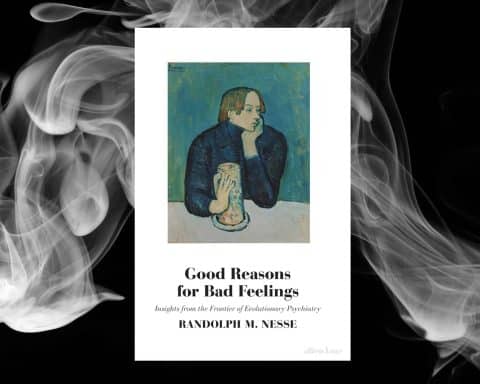
You may not consider yourself a fan of science fiction, but we are all travellers in time, moving together into the future at the same steady pace. The fact that we think about the future as distinct from the present acknowledges that we expect it to be different: distance travelled equals rate of change multiplied by time, and even within a professional lifetime, we are likely to end up a long way from where we started. The past is a foreign country: they do things differently there,1 but we could say the same of the future.
Of course, the future has a habit of becoming the present, and then the past. Mary Shelley, Jules Verne and H.G. Wells all speculated about what might lie beyond a horizon which we passed long ago. Today’s cutting edge, the preserve of the privileged few, will be taken for granted by our children. The future’s already here: it’s just not evenly distributed.2
Today’s cutting edge, the preserve of the privileged few, will be taken for granted by our children. The future’s already here: it’s just not evenly distributed.
Advances in science and technology have always gone together with social change, from the development of the crossbow that allowed a commoner to bring down a knight on horseback, to the migration of labourers into the cities during the industrial revolution. The details of how this works out in practice, though, can be unpredictable. It is hardly surprising that micro-processors become more powerful and portable as technology progresses, but isn’t it interesting that we’ve ended up with the telephone as the predominant form of personal computer, and that we use ours so much to access social media? Any discussion of what our society will look like in fifty or a hundred years’ time is likely to be dominated by climate change, overpopulation and ageing, but can we imagine the details?
The place of Medicine in our imagined future, science fiction, tends to be defined by technology. In the original 1960s TV series Star Trek, Dr McCoy used a medical tricorder in place of a stethoscope, but he was still recognisable as a curmudgeonly doctor. More often, medics are portrayed as faceless and amoral, technicians operating the miracle machines that extend life, heal and enhance. They are doers, but not talkers or listeners. In the 2013 film Elysium, the machinery can be operated by anyone, removing the need for doctors altogether.
Some visions of the future are darker. In William Gibson’s cyberpunk novels the body is weaponised and booby-trapped, and the central nervous system becomes at times little more than a user interface connected to the matrix of cyberspace. Cyborgs, people altered by technology to the point where they lose their humanity, are darker still, the modern equivalent of the medieval Dr Faustus, who sold his soul to the devil in return for magical power.
As in science fiction, so in medicine there is a constant tension between the technological and the human, what is possible and what is desirable.
Andrew Niccol’s 1997 film Gattaca is more hopeful. In a future society peopled by the valid, genetically selected to have the best chance of health and success, and the invalid, born the old-fashioned way, the conclusion is that a flawed individual can still succeed against the odds. Indeed, we are left to reflect that in a system built on reason and control, it is our capacity for irrationality and unpredictability that somehow defines us as human. Our technology lets us change the world according to our needs and preferences, but a part of us still longs to be au naturel and free of the artificial carapace we have made for ourselves. We live in cities but dream of the countryside, design intelligent robots and worry that one day they will turn against us. As in science fiction, so in medicine there is a constant tension between the technological and the human, what is possible and what is desirable. Are we to measure health purely in terms of years lived and diseases avoided, or something less tangible but more meaningful? We are certainly getting very good at the former. There is a tension, though, and how that tension is sustained or resolved will have a huge impact on what General Practice looks like for us and for our patients as we see the future become more evenly distributed. If we want a future that we can live with, we need to start imagining what it looks like now.
References
1. The Go-Between, LP Hartley, first published by Hamish Hamilton, 1953
2. Aphorism expressed variously by William Gibson, quoted in this form on the jacket of Distrust That Particular Flavour: encounters with a future that’s already here, Penguin, 2012
Photo by Aideal Hwa on Unsplash








